Beyond the mouse: how input is evolving
Touch, voice and gesture recognition and augmented reality
The eyesight system is fast, detecting a hand almost as soon as we lifted it in front of the screen and accurate enough to detect small movements. We tried using two hands to zoom and a clenched fist to select and drag things around. The next version will be able to track gestures you make with your fingers says Shenfield, so you could close tabs in your browser or jump to the next slide in a presentation.
Even cheaper is this prototype 3D pointer ring; it uses a holographic lens that costs 50c to make and tracks the movement of the points of coloured light from the hologram. Of course, you have to be happy to wear it.
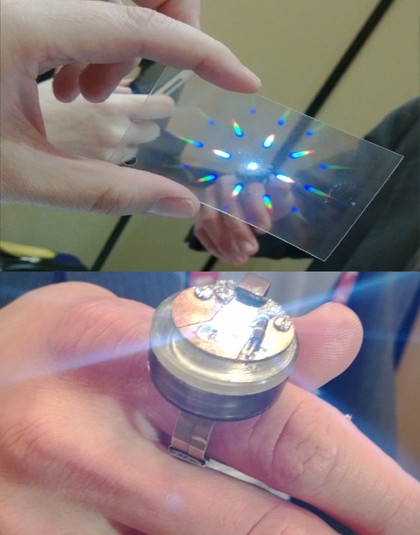
Still in the labs is Plessey's sensor that detects the electricity in your body; put the sensor in the bezel of a screen and it can see your hand moving from about a foot away.
Somewhere between gestures and touchscreens is this Displair system, which projects onto a stream of water vapour in mid air, so you can play Fruit Ninja by swiping your hand right through the 'screen'.
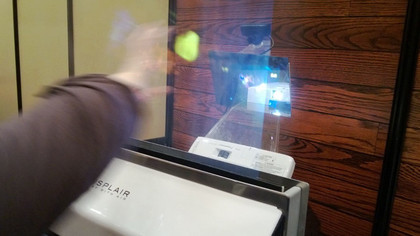
With the power of your mind
The problem with gestures is they give you even more of a workout than reaching across to touch your laptop screen. What we really want is computers that know what we want to do; and that means scanning brainwaves. Neurosky is working on that.
You might have seen the Necomimi cat ear headset (the ears wiggle when you're paying attention), but there's an ear-free $99 MindWave headset that works with Android and iOS devices – and a few dozen games and training tools to use with it so you can learn to relax or bend virtual spoons with the power of your mind. One developer is working on an interface to fly a quadricopter by relaxing and concentrating.
Sign up for breaking news, reviews, opinion, top tech deals, and more.
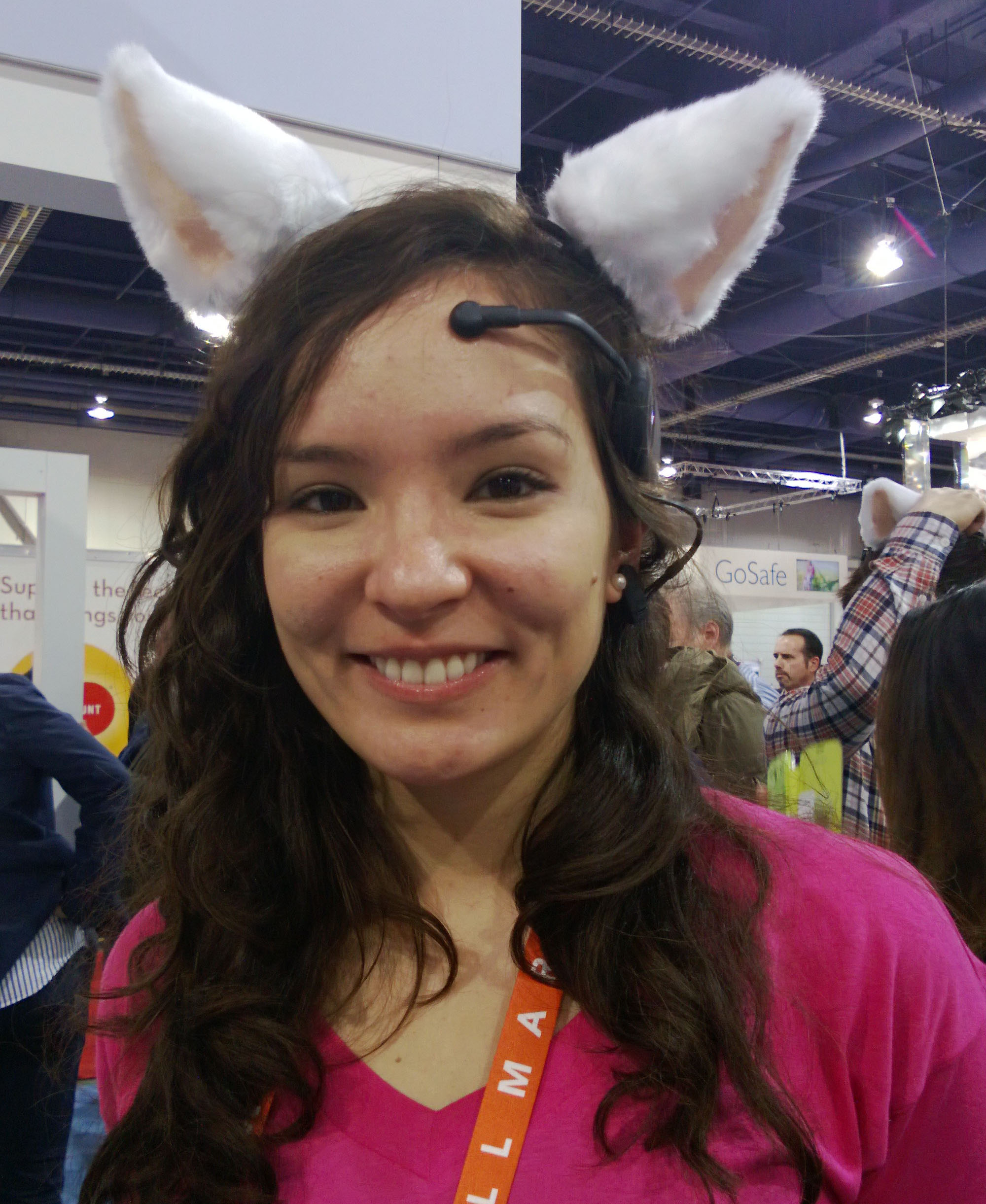
Even without the ears, the headset is big and bulky (and not as cool as Google Glass either). BodyWave's armband isn't the smallest thing we've strapped on lately but it's less obvious than the Neurosky headset and it certainly seemed to detect when we were paying attention to the training game on screen.
More interesting is the wristband sensor; currently a prototype, this will cost about $169 and be on sale in the summer or autumn (if all goes to plan) to control apps on your phone or tablet.
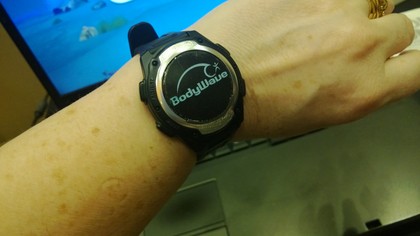
BodyWave also wants to put its sensors into strips of conductive plastic on the back of car steering wheels, where they can detect if you're falling asleep at the wheel. That's probably more useful than controlling your phone with a thought (but not as much fun).
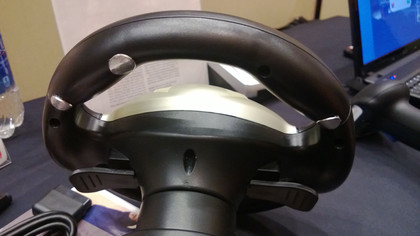
Mary (Twitter, Google+, website) started her career at Future Publishing, saw the AOL meltdown first hand the first time around when she ran the AOL UK computing channel, and she's been a freelance tech writer for over a decade. She's used every version of Windows and Office released, and every smartphone too, but she's still looking for the perfect tablet. Yes, she really does have USB earrings.